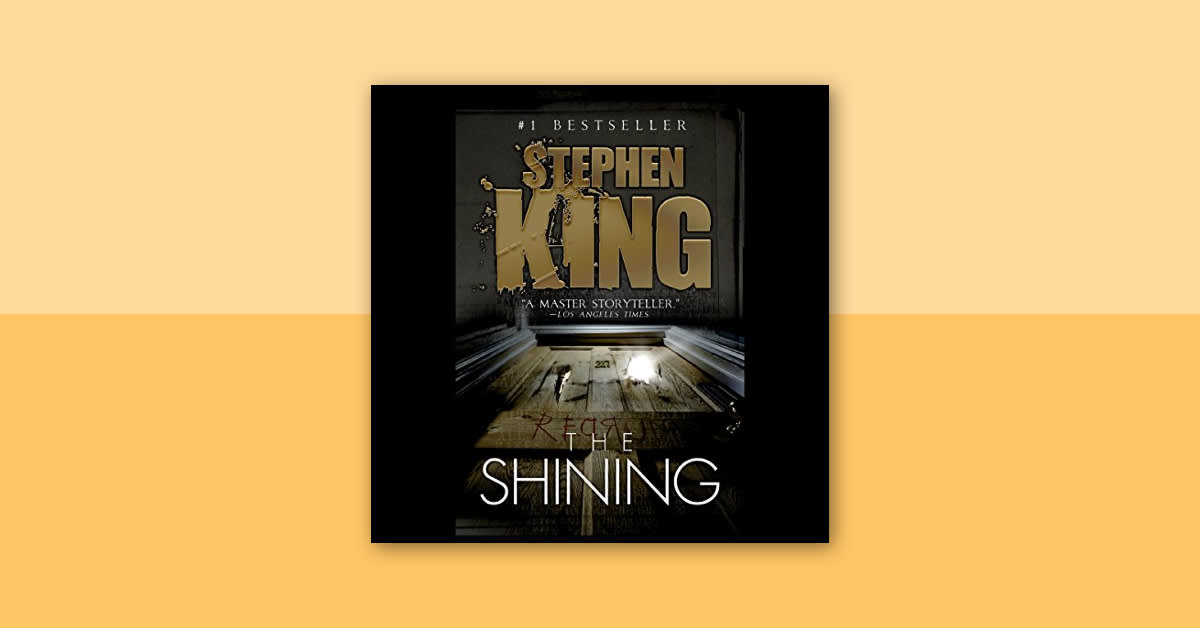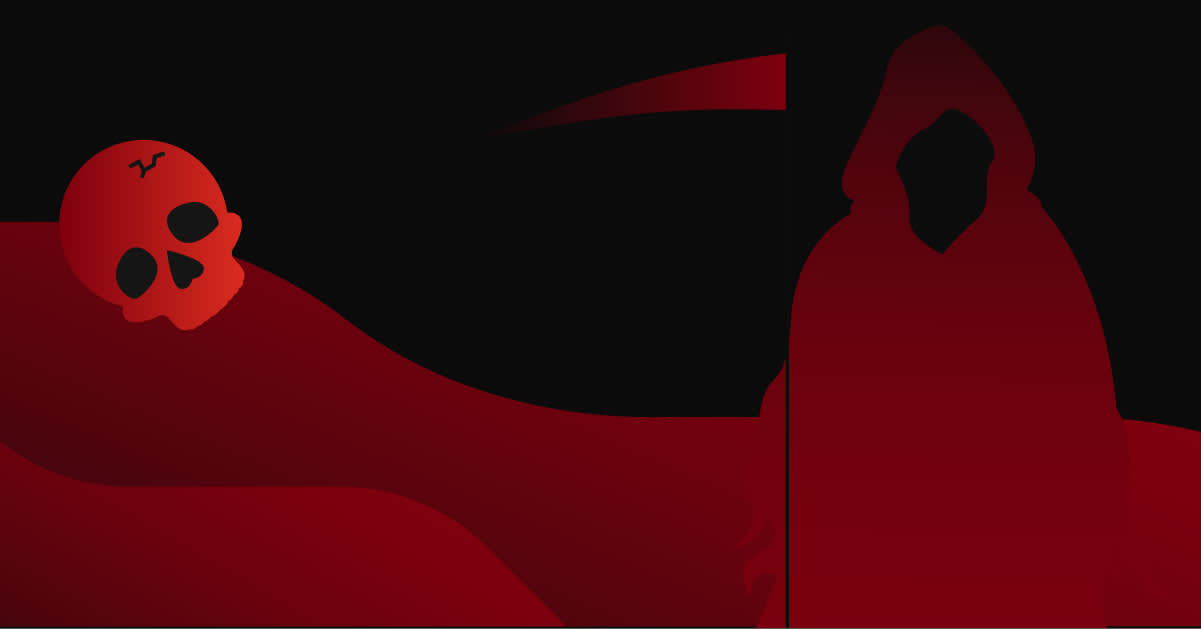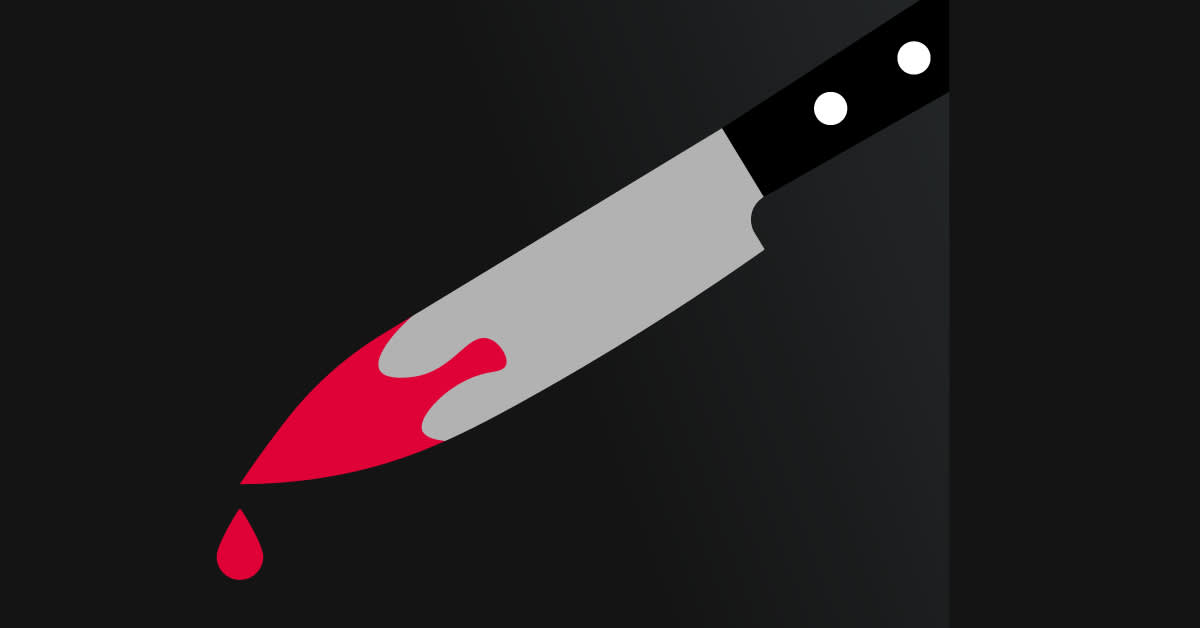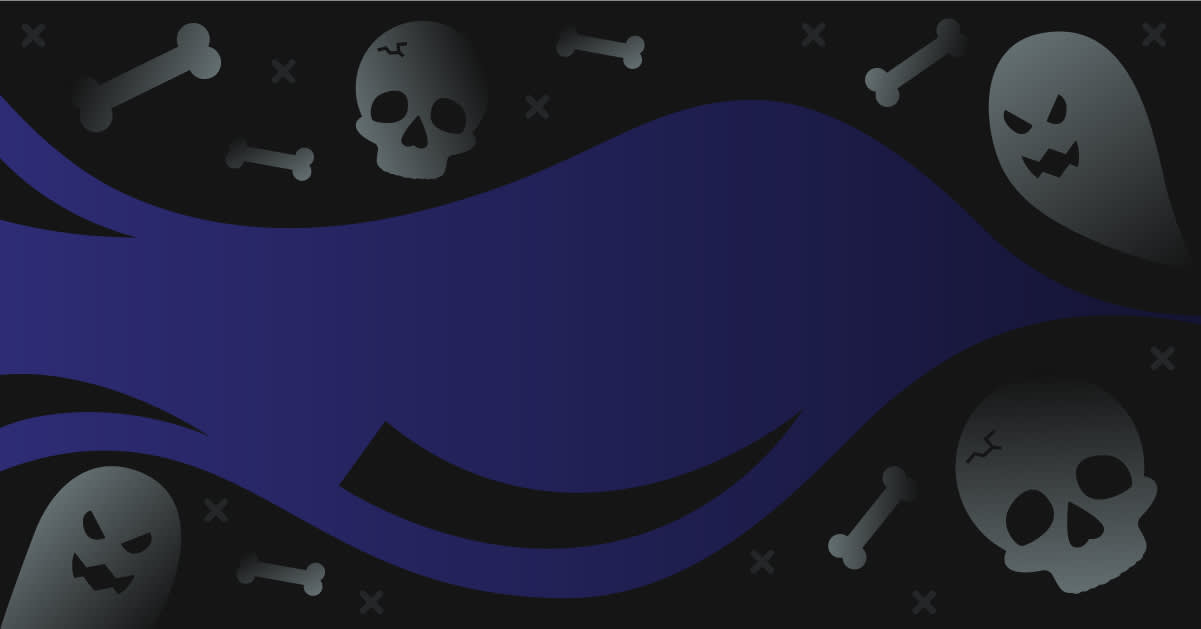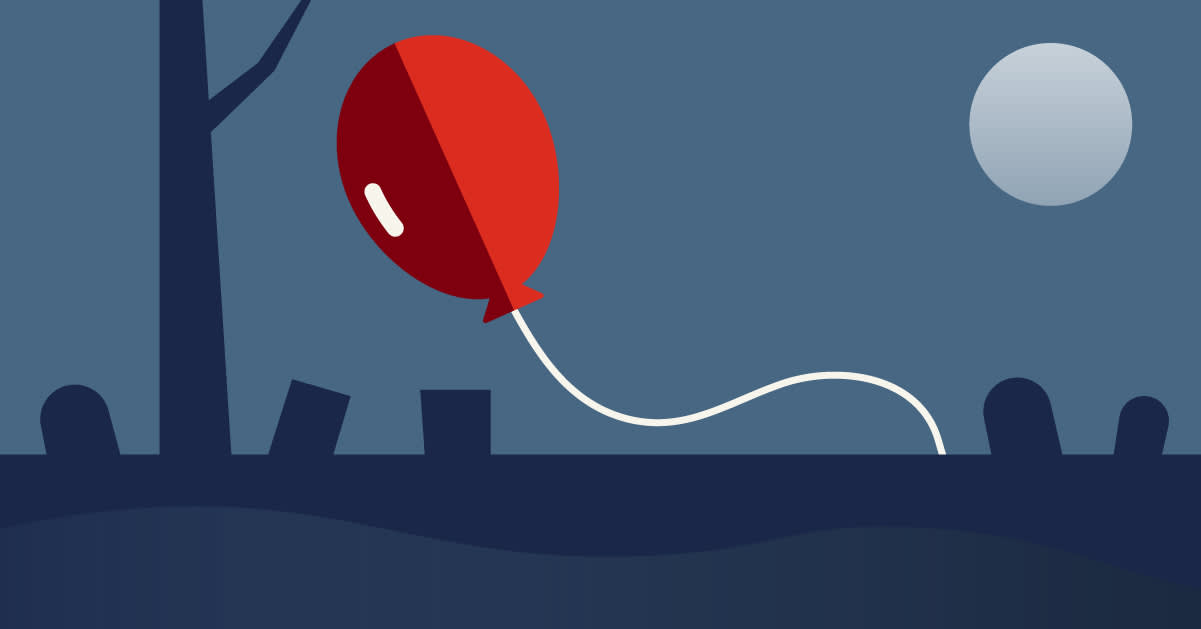Set in the claustrophobia-inducing snow-covered peaks of an isolated hotel in the middle of the Rockies, The Shining is a classic work of psychological horror that’s just about as chilling as it gets. But it’s so, so much more than your classic story of spirits and a man’s descent into madness—it’s also a tender yet deeply painful meditation on addiction, family, abuse, and redemption. Following a disgraced teacher turned playwright and hotel groundskeeper named Jack Torrance; his depressed but resilient wife, homemaker Wendy; and their kind yet skittish and somewhat peculiar young son Danny, the novel paints the tumult of a dysfunctional family’s dynamics against the backdrop of a grim and unforgiving setting.
When The Shining was adapted by filmmaker Stanley Kubrick in 1980, the story took on another life entirely. With the critically acclaimed performance of Jack Nicholson in the lead role and the signature style of a creative generally considered to be one of the best in cinematic history, the ever-memorable and oft-quoted film is a staple for many horror buffs. Yet despite being a pillar of the genre, The Shining is not the most faithful page-to-screen adaptation. Kubrick rejected the Stephen King's initial treatment of the screenplay, and The Shining's author was largely dissatisfied with his novel’s jump to the big screen. So what exactly are the differences between The Shining movie and the novel on which it was based?
Warning: The following article contains spoilers for The Shining.
The Shining Characters: Book vs. Movie
Perhaps one of the most significant differences between King and Kubrick’s versions of The Shining lies in characterization. It was this aspect that King disputed in particular—notably, the portrayals of Jack and Wendy, and the Torrance family’s tensions.
Jack Torrance
In the novel, Jack is an incredibly sympathetic character. He adores his wife and son, but while struggling with his own demons, his ability to demonstrate this love sometimes falters. He lost his job as an educator after he physically assaulted a student in a flare of temper exacerbated by his struggles with alcoholism. After he’s given the opportunity to recover, get sober, and bond with his family at the Overlook Hotel with a position as the winter caretaker, Jack is hopeful that he can repair these familial relationships and break the cycle of abuse and anger that began with his own father. But that changes when he’s possessed by the darkness and evil lurking within the Overlook’s halls, an unspeakable wickedness that drives him to the brink of absolute madness.
In the film, however, Jack feels slightly unhinged from the very start. Though the movie adaptation does touch on Jack’s struggles with alcohol, it doesn’t dive into the significance of addiction on his deterioration in the same way the novel does. Additionally, discussions of Jack’s childhood and relationship with his abusive father are entirely absent from the film. The audience does not warm to Jack in the same way they do in the novel, where he’s portrayed as an everyman struggling with common difficulties and emotions; instead, he appears somewhat sinister from his introduction. This underscores the taught thriller edge that Kubrick brought to King’s story.
It’s also worth mentioning that while Jack, rather iconically, wields an axe in the film (cue Jack Nicholson’s appearance through a splintered door with a rousing “Herrrre’s Johnny!”), in the novel, Jack instead uses a roque mallet as his weapon of choice.
One of the biggest differences between the book and the film is Jack’s fate. Whereas the novel allows for a tragic kind of redemption that grounds Jack in his deepest, most human longing to love and care for his family, the film leaves Jack—quite literally—cold.
At the end of the novel, Jack’s heart and paternal instincts (alongside the aid of his clairvoyant son, Danny) manage to pierce the veil of malevolence that has fallen upon him, and he urges Danny to run. Though Danny, Wendy, and Dick escape, Jack is badly beaten with his own mallet by the very spirits that have inhabited him. He then rushes to the boiler room in an attempt to relieve the pressure that has been mounting throughout his rampage, but he’s too late—the boiler erupts, killing him and destroying the Overlook Hotel.
At the end of the film, a deranged, murderous Jack chases Danny into the hotel’s winding hedge maze, only to lose him in the twists and turns. Exhausted, he collapses and ultimately dies from exposure, freezing to death as the snow continues to pile up around him.
Wendy Torrance
In the novel, Wendy is a mother and homemaker consistently balancing her worries about her husband and son with her desire to keep her family together. Physically, she's described as being staggeringly beautiful. She’s headstrong and resilient, seriously contemplating divorce after Jack, in a fit of rage, accidentally broke Danny’s arm. Similar to her husband, Wendy also has issues with her own parents: her mother instilled in her both a sense of resentment and an intense fear of shortcomings. As such, Wendy wants nothing more than her family to heal and come together. She thinks often of her son, Danny, and wishes she had the same kind of close relationship that he shares with his father.
In the movie, Wendy is far less confident and self-reliant than she is in the book. Fearful, meek, and nervous, she plays less of a role than she does in the novel. She is skittish around Jack and seems the survivor of abuse at his hands, though this is never confirmed. Unlike her stunning book counterpart, the Wendy of the big screen is made to look far more plain, with dark brown hair in lieu of blonde and a mousy demeanor. In the film, Danny is much closer to his mother and often stays by her side, a factor that further enrages Jack as he begins to come undone. It’s also well documented that Stanley Kubrick was less than gentle on Shelley Duvall, the actress who portrayed Wendy in the film. The demanding director pushed her to the brink of physical illness; Wendy’s spiral into hysteria feels a natural extension of Duvall’s own exhaustion and trauma.
Danny Torrance
In the novel, Danny—often affectionately referred to as “Doc”—is an intelligent, observant, and incredibly curious young boy who also has a hidden gift: the shining. Throughout the book, Danny senses and communicates with spirits, has the ability to speak with others telepathically (notably Dick Hollaran, who also has the shining), and has some degree of clairvoyance into events of both the past and the future. Danny loves his parents, fears the possibility of his family splitting up, and feels a special kinship with his father. He’s plagued by nightmarish visions of the Overlook Hotel, and when the Torrance family arrives there, it’s Danny that the spirits are curious about. As the novel reaches a fever pitch, Danny foresees his father’s decline and the threat that he poses to himself and his mother. He mentally reaches out to Dick Hollaran, begging for help—saving his family in the process.
Despite being a bit quieter and more childlike, the Danny of the film adaptation does not differ tremendously from the source material. One notable difference is the depiction of Danny’s imaginary friend, “Tony.” In the novel, Tony first appears as an outside entity before being made clear that he's part of Danny’s psyche—in fact, an older, more mature version of him—meant to assist with the shining and guide him on the right path. In the film, Tony is a similar figure, though he manifests as a voice from within Danny that communicates directly with the young boy through the wagging of his index finger. On screen, Tony also communicates with Wendy and Jack through Danny; in the book, Tony only speaks with Danny.
Dick Hollaran
In the novel, Dick Hollaran is a tender and warm man who works as head chef at the Overlook Hotel. Dick takes the time to teach Danny a bit more about the shining, helping the young boy develop his skills and warning him about the dangers the Overlook poses to those with such psychic abilities.
In the movie, Dick is quite similar to his character in the book. However, the two versions of Dick meet much different ends. In the novel, Dick survives Jack’s attack with the roque mallet and, as revealed in the epilogue, goes on to a new position in a Maine resort where he hosts a recovering Danny and Wendy. In the film adaptation, he dies at the end of Jack’s axe.
The Supernatural in The Shining: Book vs. Movie
Another way in which The Shining movie deviates from Stephen King's book is the presence and significance of spirits and the supernatural. In the novel, it’s absolutely clear that there are spirits lurking in the halls of the Overlook Hotel—and they’re certainly not friendly. They crave Danny’s immense psychic power; they manifest in poltergeist-esque ways (including as one truly terrifying animate firehose); they seek to exacerbate Jack’s addiction and drive him to kill his family. It’s as if the evil of the acts that took place on the Overlook’s soil seeped into the building itself, rendering it totally and unequivocally haunted.
In the film, there are most certainly spirits present, but it’s far more ambiguous than the world of the novel. Kubrick straddles the line between the supernatural and the very real psychological effects of “cabin fever,” so Jack’s final spiral into madness is as much a product of his own struggles and deteriorating mental health as it is the influence of the Overlook.
Alcoholism, Addiction, and Family in The Shining: Book vs. Movie
Stephen King has been quite open about his struggles with alcoholism and addiction, and it’s no secret that portions of The Shining and the character of Jack Torrance are based on his own experiences and fears. King was deeply afraid that his own demons would cause his family unit to break apart—or worse, he’d somehow hurt the ones he loved most in the process. The novel therefore has a tremendously grounded and pained family dynamic at its core; in many ways, it's an exploration of the author’s own psyche and behaviors. The novel allows for greater exploration and development of the central characters and themes, as the snowstorm that leaves the Torrance family trapped inside the Overlook occurs much later in the story when compared to the film. Additionally, whereas the film’s main goal seems to be to thrill, terrify, and keep audiences on edge, the novel is deeply tragic—it follows a decent though struggling protagonist who loves his family and wishes to be a better man, husband, and father, but is sabotaged and challenged every step of the way by demons inside and out. Again, while Jack’s alcoholism is discussed and alluded to in the film, it’s not at the forefront in the same way that it is in the novel. In many ways, the film is a horror movie with elements of a family drama, whereas the book is a family drama placed in a truly horrific setting.
Room 217 in The Shining: Book vs. Movie
Perhaps one of the less noticeable changes from the novel to the big screen is the number attached to the Overlook’s most darkly haunted guest room. When Danny first arrives at the Overlook in the novel, he feels the pull to Room 217—but is warned by Dick Hollaran to avoid that room entirely. It’s later revealed that Room 217 has a grim history: years ago, guest Lorraine Massey checked into the Overlook but never checked out. She took her own life, dying in the bathtub of Room 217, and her malevolent spirit continues to lurk in that very same room.
Fans of the film will likely remember Mrs. Massey’s presence—the terrifying, decaying apparition is among the film's most disturbing elements. But there’s one difference: her guest room is instead number 237. The reason for this change? The Timberline Lodge where the film was shot requested that Kubrick use a room number that didn’t exist to avoid a negative association that might ward off future vacationers.
What was added to the film adaptation of The Shining?
Ask any fan to name the most iconic shots from The Shining and a few images are bound to come up: there’s that elevator full of blood; those creepy, hollow-voiced ghostly twins; and the labyrinthine hedge maze that makes for a truly terrifying climactic chase scene. So, you may be shocked to learn that none of these memorable scenes appear anywhere in King’s original novel.
That’s not to say that these moments didn’t take inspiration from the book, however. The apparitions of the two eerie identical little girls are derived from the story of the Grady murders discussed in the novel. In King’s original, Jack finds a scrapbook in the basement of the Overlook that details the hotel’s sometimes grisly history—including the murders committed by the previous caretaker, Grady, who was driven mad and murdered his two daughters with an hatchet before using a shotgun to take his own life and that of his wife. (Jack doesn’t discover this scrapbook in the movie at all, but it’s nodded to with the news clippings of the Outlook’s history strewn about Jack’s typewriter. Oh, and speaking of typewriters, the famed “All work and no play makes Jack a dull boy” device exists solely on the big screen.)
The hedge maze, meanwhile, takes inspiration from the topiaries in King’s novel. In the book, Jack encounters hedges trimmed into the shape of a variety of animals that seem to have shifted slightly every time he glances at them. Later on, those very bush creatures pounce and attack.
Which version of The Shining is better: the book or the movie?
Well, it’s totally subjective. Personally, I prefer the book as I truly appreciate the layered commentary on how alcoholism and mental health struggles directly impact and corrupt not only the self but the entire family unit. As King’s own experiences with addiction inspired The Shining, it’s a listen that feels wholly personal, with every character and theme developed in a rather nuanced way. And there’s no shortage of scares in The Shining novel: the creeping dread of inevitable madness, the trapped sensation brought about by a snowbound setting, and the influence of otherworldly figures make for a listen that will stay with you long after the very last moment.
With that being said, as established in the article above, the film and the book are also entirely separate entities, with different moods, tones, and morals. The film is undoubtedly a classic of the genre, with performances and imagery that are held up as a cornerstone of what’s achievable in horror. The changes Kubrick opted to make created a film that’s fully immersive, terrifying, and cinematic, capturing the uncanny nature of the Overlook while adding horrific elements all its own. While perhaps slightly more dismal and dark than King's original vision, Kubrick’s adaptation of The Shining is quite the effective horror film, scaring millions of viewers over the course of more than 40 years. In fact, it’s fair to say that it’s impossible to select one version of The Shining over the other, as the film and the book that inspired it are in many ways far removed from one another yet also in many ways equally unsettling.
